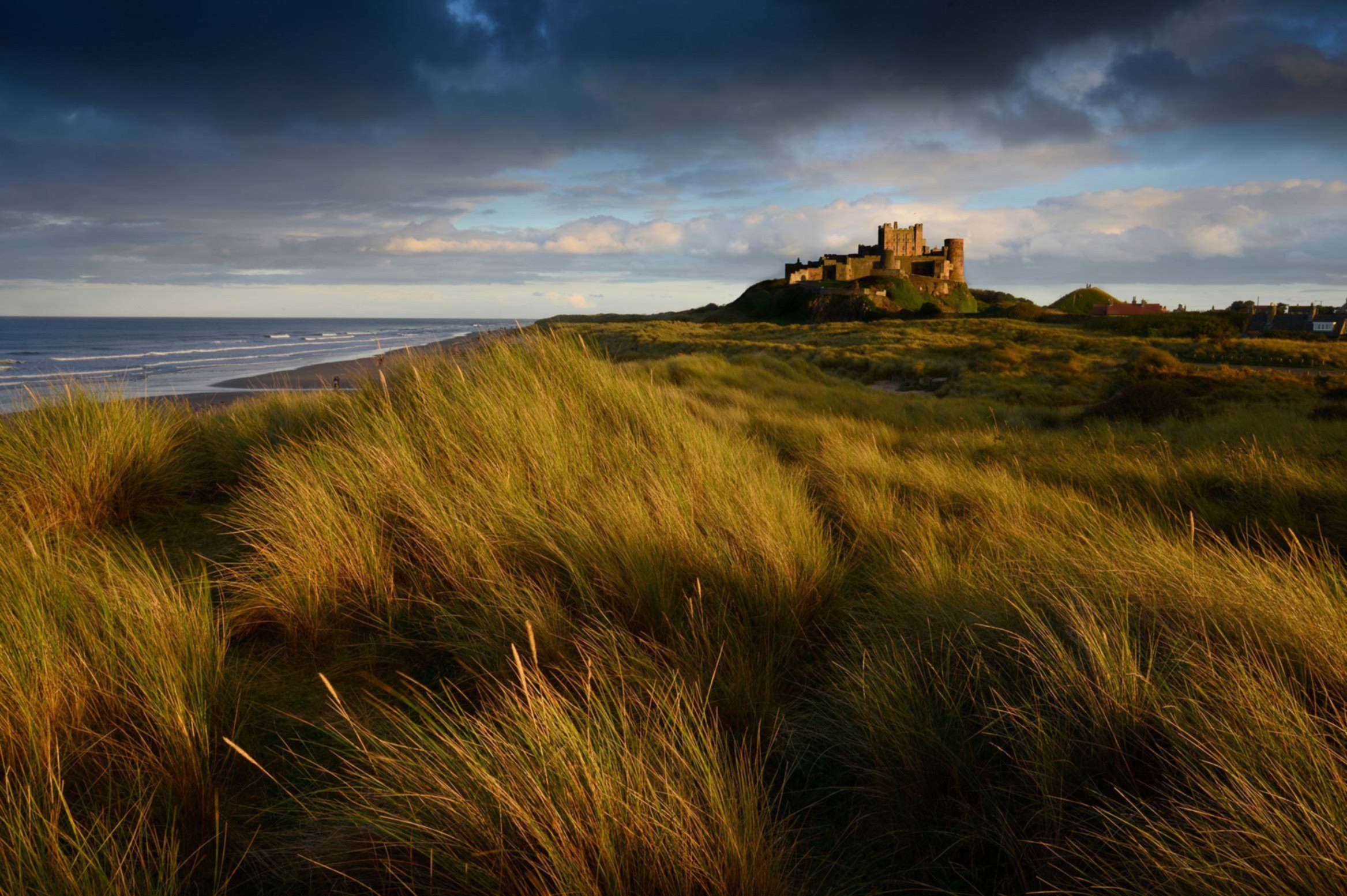Our icon of St. Aidan was written by Scott Laumann (St. Aidan Icon © 2022). It was commissioned and gifted to our congregation in 2013. This icon is an original creation and is not copied from any former icon. scottlaumannportraits.com
St. Aidan
We have a deep affinity for St. Aidan and his apostolic work in the northern part of England. Early Celtic Christianity was alive throughout the British Isles for centuries before St. Augustine of Canterbury came ashore in 595 AD. Early in the formation of our community, we sensed a calling to honor St. Aidan as our patron.

Aidan’s Story
The Gospel first came to the northern English in 627, when King Edwin of Northumbria was converted by a mission from Canterbury led by Bishop Paulinus, who established his see at York. Edwin’s death in battle in 632 was followed by a severe pagan reaction. A year later, Edwin’s exiled nephew Oswald gained the kingdom and proceeded at once to restore the Christian mission.
During his exile, Oswald had lived at Columba’s monastery of Iona where he had been converted and baptized. He sent to Iona, rather than to Canterbury, for missionaries. The head of the new mission was a gentle monk named Aidan, who centered his work at Lindisfarne, an island off the northeast coast of England.
With his fellow monks and the English youth whom he trained, Aidan restored Christianity in Northumbria. He extended the mission through the midlands as far south as London. At times he encountered rival gangs of young men ready to do battle. He instructed them in the Gospel of Peace and they laid down their weapons, were baptized, and became monastics. On another occasion, King Oswald gave him an exquisit horse to use in his ministry travels. Aidan gave it, with all its gear, to a beggar who asked for alms. He also used some of his resources provided by the king to redeem slaves out of their bondage. Some of these became disciples.
St. Aidan sent missionaries out across England and as far as the Netherlands, establishing missional monasteries. He also appointed the first nun in Northumbria, Hieu, who founded the first of the hermitages of Northumbria is 640 AD. A village was founded around the hermitage in the seventh century, making the earliest beginnings of the modern town of Hartlepool.
He also persuaded Hilda of Whitby (614-680) to stay in England and supported her work of establishing monasteries. Hilda was the founding abbess of the monastery at Whitby and became a major player in the conversion of England to Christianity. Again, the Celtic monastic movement was missional, reaching out and bringing the light of Christ to the greater region.
Aidan died at the royal town of Bamborough on August 31, 651. The historian Bede said of him, “He neither sought nor loved anything of this world, but delighted in distributing immediately to the poor whatever was given to him by kings or rich men of the world. He traversed both town and country on foot, never on horseback, unless compelled by some urgent necessity. Wherever in his way he saw any, either rich or poor, he invited them, if pagans, to embrace the mystery of the faith; or if they were believers, to strengthen them in their faith and stir them up by words and actions to alms and good works.”
We celebrate St. Aidan’s life and ministry on August 31 each year.
The Collect of St. Aidan
O loving God, who called your servant Aidan from the peace of a cloister to re-establish the Christian mission in northern England, and endowed him with gentleness, simplicity and strength: Grant, we ask you, that we, following his example, may use what you have given us for the relief of human need, and may persevere in commending the saving Gospel of our Redeemer Jesus Christ; who lives and reigns with you and the Holy Spirit, one God, for ever and ever. Amen.
For more reading about Aidan and the Celtic Church, the major resource is The Ecclesiastical History of the English by the Venerable Bede, 731 AD. Also, we recommend reading Flame in my Heart-St. Aidan for Today by David Adam. Find out more about early Celtic Christianity in this article.

